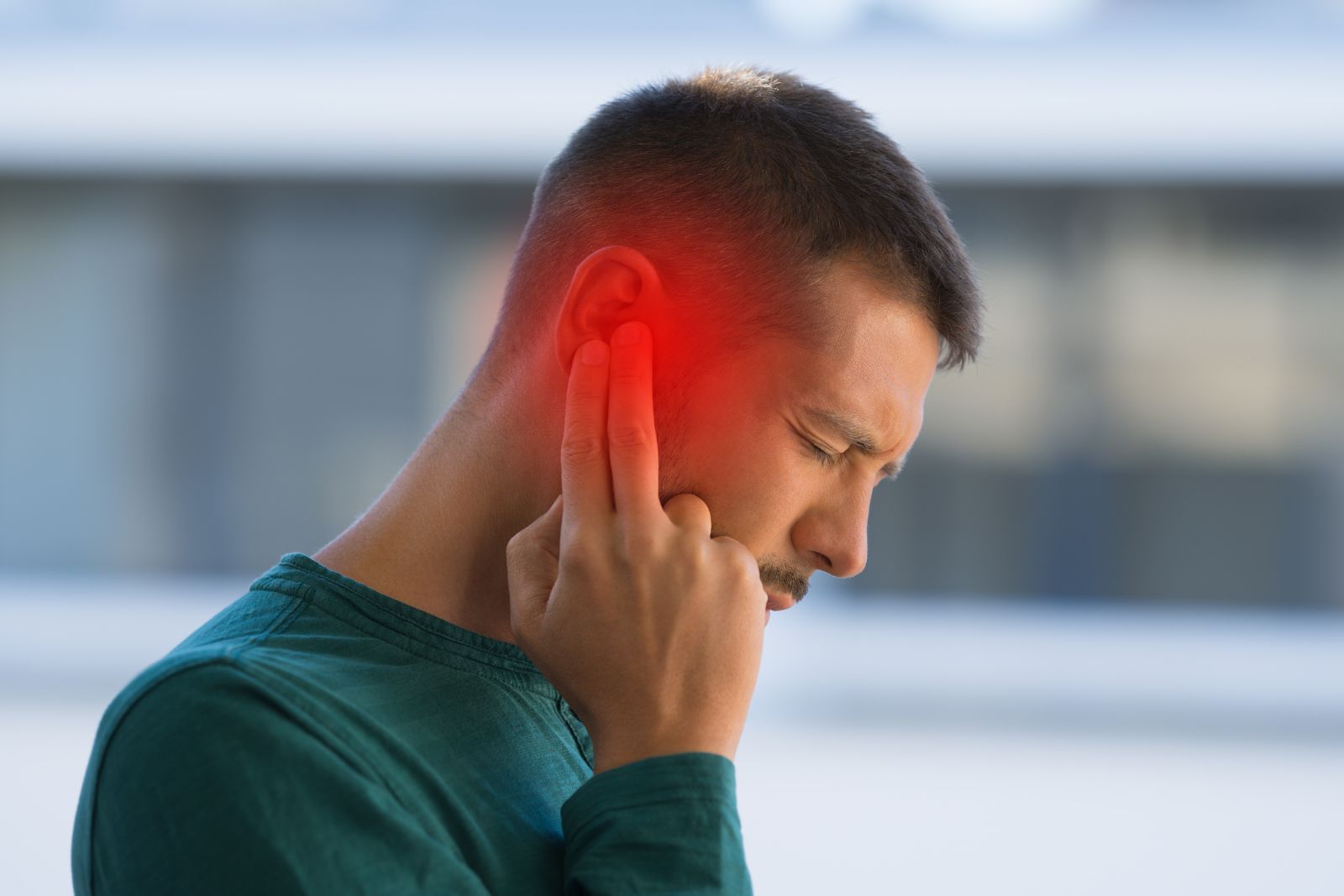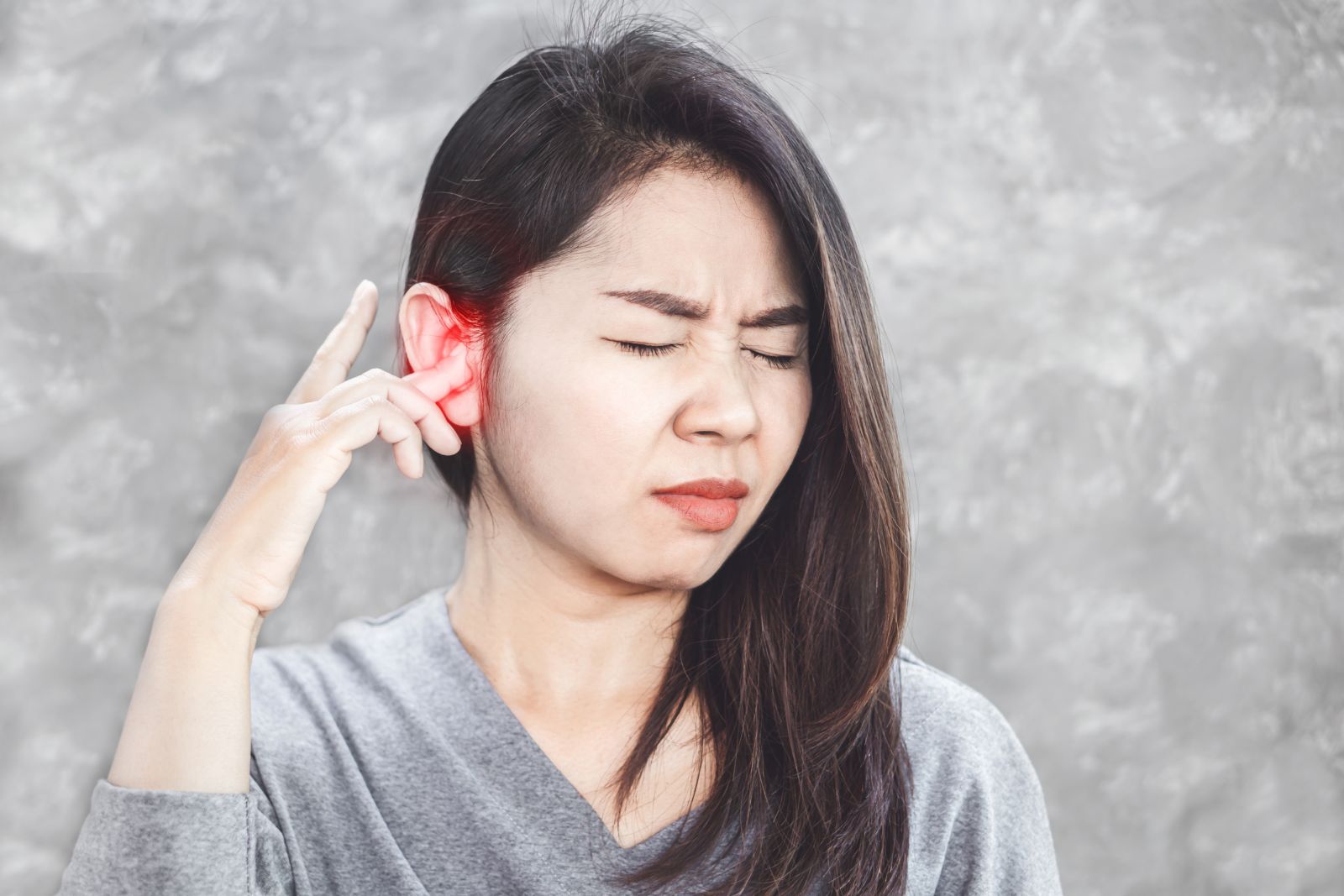When Breaking Out the Power Tools, Protect Your Ears
Since childhood, you’ve probably heard the warnings about loud noises and hearing loss. Maybe you’ve even experienced the sensation of ear pain, ringing in the ears, a headache, or a moment of hearing difficulty after the piercing bang of a firecracker, a blast from an MP3 player on high volume, or an ice-crushing blender whirring at the fastest speed.
But how loud is too loud? As power tools get pulled out of storage for spring projects, let’s take a look at the level of noise they generate and what you can do. After all, hearing is one of the most important senses. Understanding the dangers of excess noise exposure — and how you can protect your ears — can go a long way toward preserving your hearing.
What’s the Problem?
It’s rather fascinating that sound can affect your health, but it’s also a fact. Your ears and brain work together to perceive and process sound. The cochlea, an organ within the inner ear, contains tiny hair cells that detect sound and send signals to the brain through the auditory nerve. Excess noise can damage the hair cells, leading to temporary or even permanent hearing loss.
Hearing loss not only might impact communication but can also:
- Lead to withdrawal from social situations
- Play a role in increased risk of balance issues and falls
- Go hand in hand with dementia and other cognitive problems
- Appear alongside tinnitus (ringing or buzzing in the ears or head)
When Is It Too Loud?
As a measure of loudness, decibels play a critical role. Your own perception also matters, but sometimes unsafe volumes aren’t perceived to be as loud as they truly are. If you already have hearing loss, the sounds may not seem as loud but can still do damage. Generally, sounds that are 85 decibels or higher can be especially harmful. The louder the sound and the longer it lasts, the more dangerous it can be for your ears.
Consider these decibel estimates for some common power tools as well as other familiar sounds:
- Whisper — 30 decibels
- Typical conversations — 65 to 80 decibels
- Lawnmowers — 80 to 100 decibels
- Gas leaf blower — over 100 decibels
- Sports games — 94 to 110 decibels
- Hand drill — 98 decibels
- Personal listening devices at highest volumes — 105 to 110 decibels
- Chain saw — 110 decibels
- Jet at takeoff — 140 decibels
- Fireworks — 140 to 160 decibels
What Can You Do?
Power tools can be hard on the ears, making it all the more important to take control of your listening environment. Where to start? Look for equipment that’s rated for being quieter while still ticking all the performance boxes. With no power parts, reel mowers can do the job with a lot less noise, but electric, battery-operated, and even some quieter gas mowers might fit the bill, too.
Lowering the “volume” on your equipment can make a difference as well. You won’t find a volume knob, but a reduced speed setting — when appropriate for the job — might bring the noise level down. In addition, the user manual may provide options on limiting noise. And remember to take periodic breaks from using the equipment altogether, giving your ears a breather.
Steering clear of excess noise isn’t always possible, but hearing protection has your back. Earmolds with a variety of filter systems that help keep louder sounds at a safer, more reasonable level can help you tackle spring projects with confidence. The best part? They can be customized to the contours of your ear for an effective, snug, and comfortable fit.
Measuring Noise: Easy App
Did you know? The free NIOSH Sound Level Meter app, compatible with iOS-based mobile devices, can measure the sound level in your environment — at home, work, or play.
Using your phone or tablet’s built-in microphone, the easy-to-use app offers an instant decibel rating. It doesn’t replace professional instruments or expert opinion, but it can help approximate noise.
Check it out!
Count on us to help you seize the season. Have questions about noise-induced hearing loss or options for hearing protection? Reach out to our knowledgeable team today!



